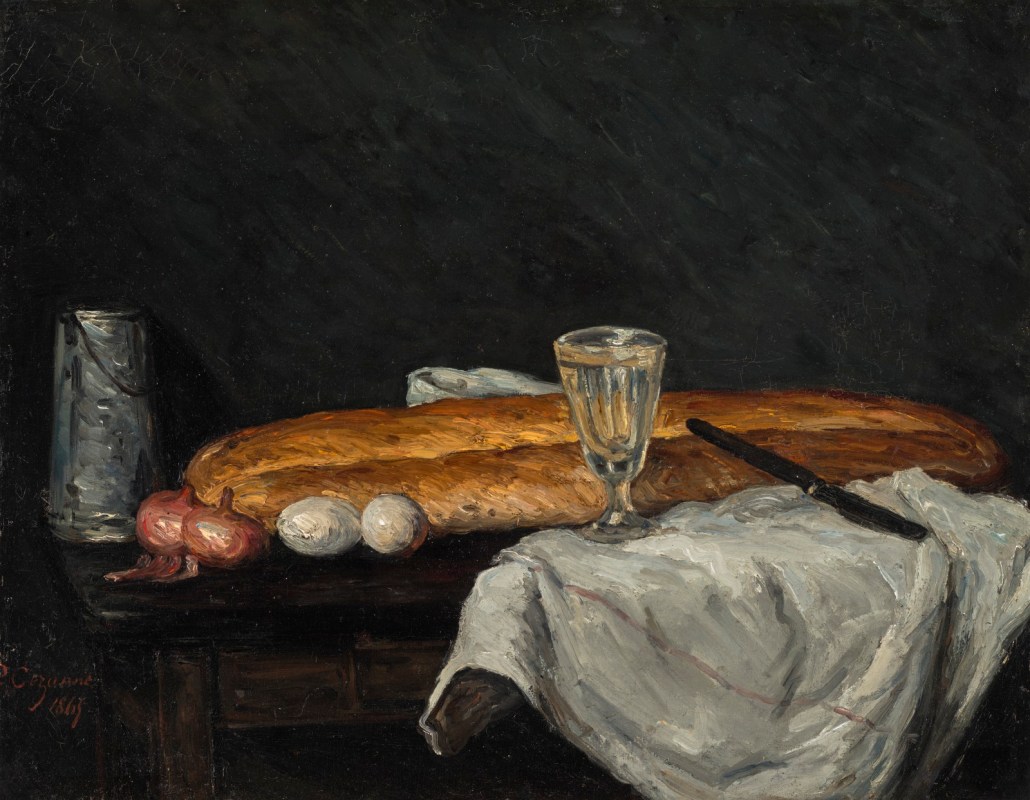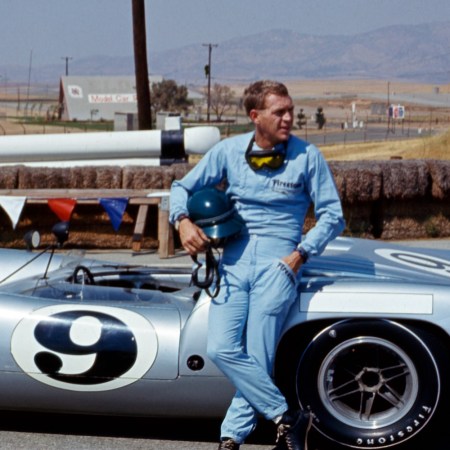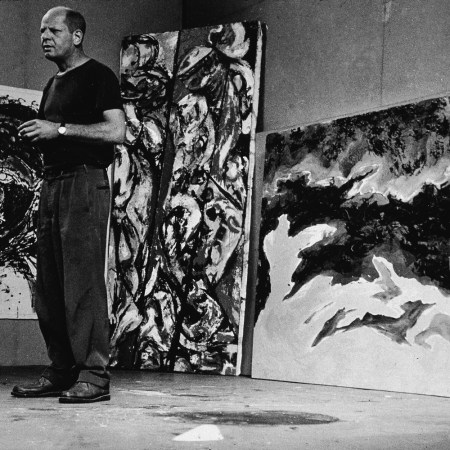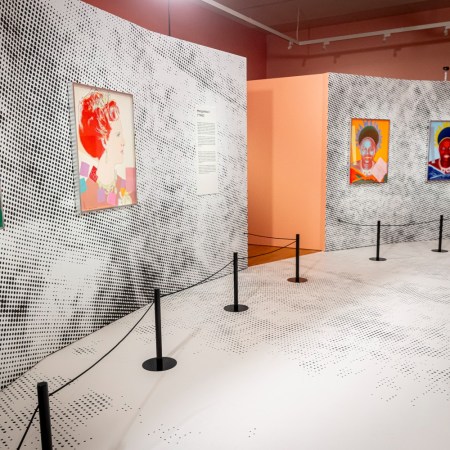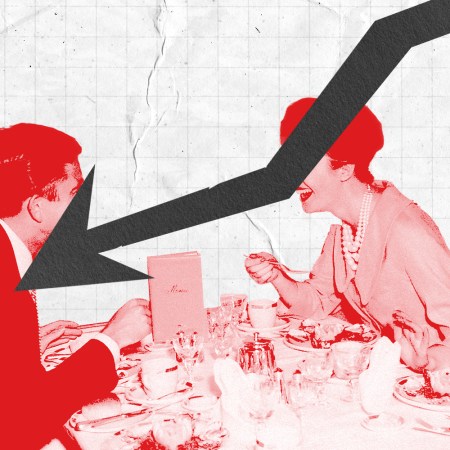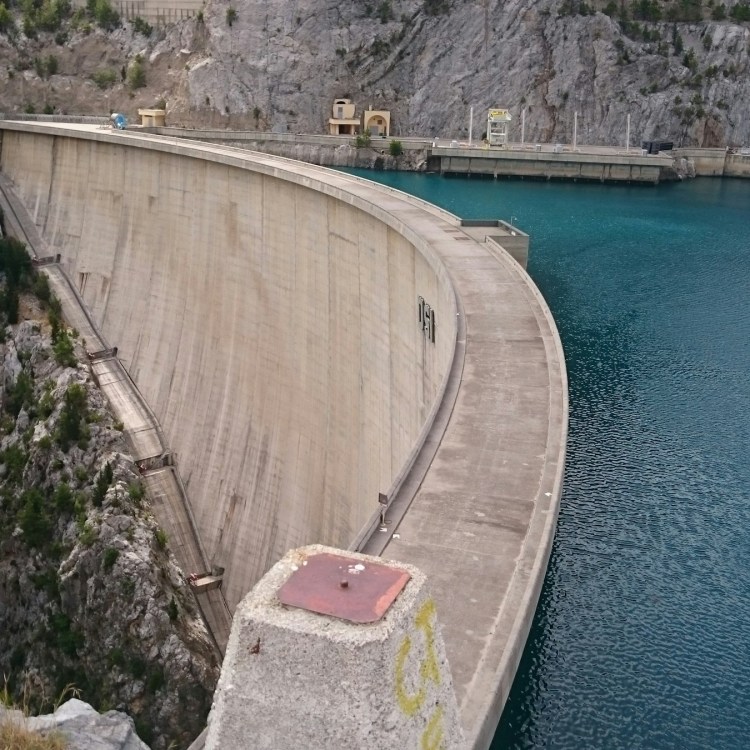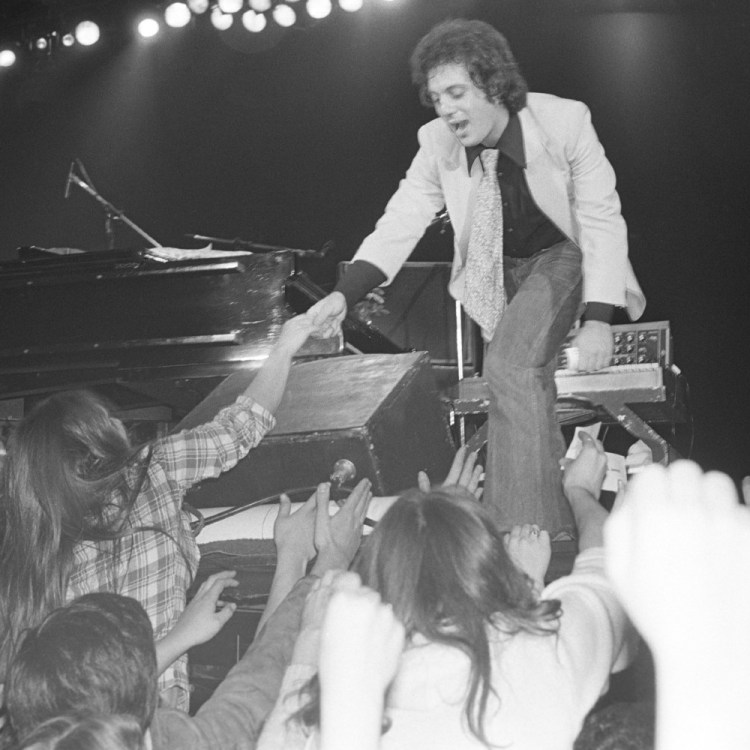If you’ve ever visited the Cincinnati Art Museum, you may well have seen Paul Cézanne’s 1865 painting Still Life with Bread and Eggs among the works of art. Now, however, evidence has come to light that this painting might conceal an entirely different work of art by Cézanne just below the surface. Writing at ARTnews, Daniel Cassaday has more details about the discovery — and what it might mean for what we know about Cézanne’s body of work.
At the time that he completed the still life in question, Cézanne was in his late twenties — and, as it turns out, he may have used the same canvas for an earlier work beforehand. As Serena Urry, the museum’s Chief Conservator, wrote on its website, an inspection of the still life revealed something intriguing just below the surface.
While exploring the painting’s surface coating, Urry caught sight of something unusual underneath, which resulted in X-rays being taken of the work. “It’s a portrait of a man, perhaps a self-portrait of Cézanne,” Urry wrote. “More analytical work remains to be done, but we know that because the still life is signed and dated 1865, the portrait underneath was painted the same year—or even earlier—making it one of the earliest known portraits by Cézanne.”
As the ARTnews article points out, Still Life With Bread and Eggs demonstrates an earlier style from Cézanne than the Impressionism for which he is best know. What could the portrait below it show? That remains to be seen — but it’s another piece in one man’s artistic lineage.
Thanks for reading InsideHook. Sign up for our daily newsletter and be in the know.
